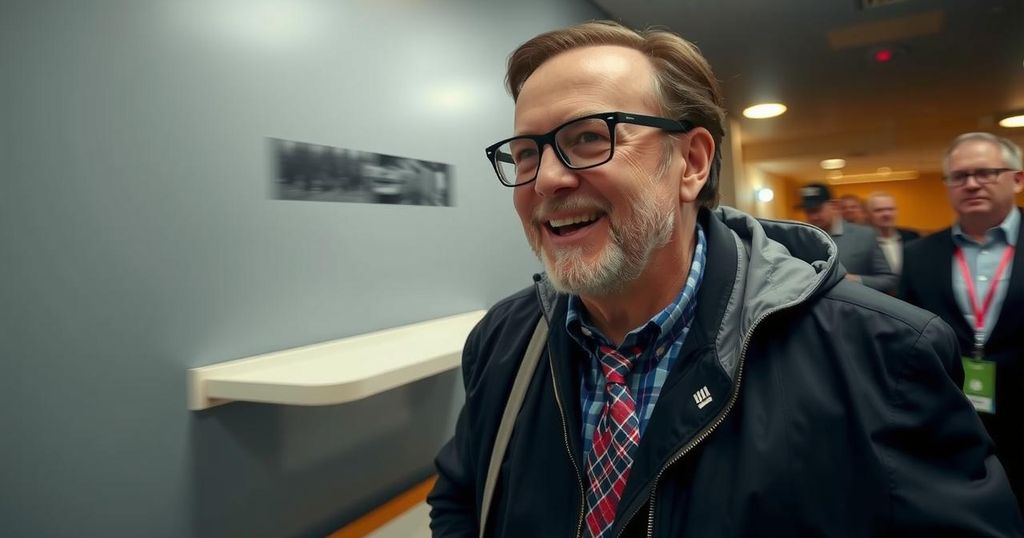Tim Walz returned to Minnesota after a brief and challenging campaign as running mate to Vice President Kamala Harris. His engagement on the national stage saw mixed results, and he now resumes his role as governor while navigating a shifting political landscape that may favor Republicans. Walz faces uncertainty regarding his political future, particularly with an eye on upcoming elections and maintaining Democratic control in the state legislature.
On a poignant return to St. Paul, Minnesota, Governor Tim Walz concluded his brief national political endeavor following the recent elections. Vice President Kamala Harris acknowledged Walz’s contributions during her concession speech, emphasizing that his service would continue for the upcoming two years. Despite an election campaign shadowed by highlights and blunders, Walz will now refocus on governance in Minnesota, where the political landscape appears to be increasingly favoring Republican candidates. His aspirations to connect with middle America, juxtaposed with his liberal record, presented a unique challenge during the campaign, resulting in an uphill battle within key demographic segments. His three-month stint alongside Harris included significant moments such as a standout appearance at the Democratic National Convention and interactions with notable figures, notably ex-President Obama and musician Jon Bon Jovi. However, missteps during debates and public engagements contributed to a less favorable perception among the electorate. While Walz’s gubernatorial term extends until 2027, uncertainty looms over his potential bid for a third term, particularly given the close results impacting Democratic control in the state legislature. His lieutenant governor, Peggy Flanagan, was notably active during the campaign and garnered significant attention, particularly as she would have made history had Walz won by becoming Minnesota’s first Indigenous governor. As he prepares to return to local governance, the implications of the election outcomes signal a pivotal moment for Walz and the Democratic Party’s standing in the state, raising questions about future strategies and voter engagement.
Following the 2024 elections, Governor Tim Walz of Minnesota returned home after a short-lived national campaign where he served as Vice President Kamala Harris’s running mate. His tenure in this role spurred both enthusiasm and criticism as he attempted to resonate with various voter demographics outside of his home state. The political landscape in Minnesota remains fluid, with signs of a potential Republican resurgence, which may challenge Walz’s administration moving forward. His tenure in national politics ended relatively abruptly, prompting an emphasis on local governance amid shifting political dynamics and potential challenges for the Democratic Party in the upcoming years.
In summary, Tim Walz’s brief tenure on the national political stage has concluded as he resumes his focus on governance in Minnesota. Vice President Kamala Harris’s concession highlighted Walz’s ongoing role, albeit under a cloud of electoral challenges and a shifting political landscape. The governor must address the emerging Republican influence in the state while contemplating future electoral strategies amidst uncertainty regarding his own reelection prospects. His leadership over the next two years will be crucial for reaffirming the Democratic Party’s foothold in Minnesota.
Original Source: www.usatoday.com






